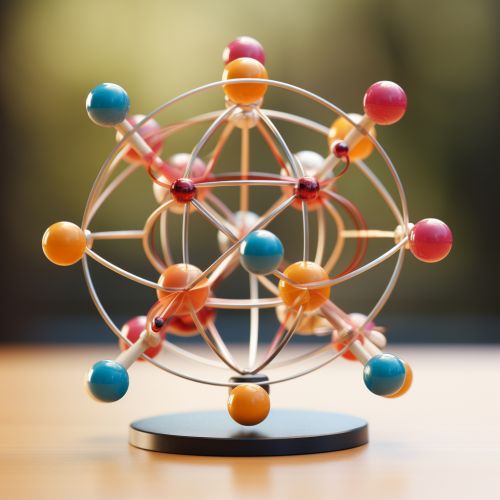Physics
Introduction
Physics is a natural science that involves the study of matter and its motion through space and time, along with related concepts such as energy and force. More broadly, it is the general analysis of nature, conducted in order to understand how the universe behaves. Quantum mechanics, relativity, and thermodynamics are some of the major branches of physics.
History
The history of physics spans centuries, from the ancient philosophical inquiries into the nature of the universe and the speculative theories of the Greeks, to the scientific methods we use today. The word "physics" comes from the Greek word "phusika," which means "natural things." This term was used to describe the study of the natural world. Physics as a distinct discipline began in ancient Greece with the works of Aristotle and other philosophers.
Classical Physics
Classical physics is a term often used to describe the collection of theories that were recognized and developed before the advent of the 20th century. These theories include classical mechanics, thermodynamics, electromagnetism, and optics. Classical physics is primarily an approximation of more advanced theories, but it still remains applicable in most everyday circumstances.


Modern Physics
Modern physics is a term usually used to cover fields of physics, such as quantum physics and relativity, which were created in the early 20th century and onwards. Modern physics is often encountered when dealing with extreme conditions. Quantum mechanical effects tend to appear when dealing with "lows" (low temperatures, small distances), while relativistic effects tend to appear when dealing with "highs" (high velocities, large distances), the "middles" being classical behaviour.


Quantum Mechanics
Quantum mechanics is a fundamental theory in physics that provides a description of the physical properties of nature at the scale of atoms and subatomic particles. It is the foundation of all quantum physics including quantum chemistry, quantum field theory, quantum technology, and quantum information science.


Relativity
The theory of relativity usually encompasses two interrelated theories by Albert Einstein: special relativity and general relativity. Special relativity applies to all physical phenomena in the absence of gravity. General relativity explains the law of gravitation and its relation to other forces of nature.


Thermodynamics
Thermodynamics is a branch of physics that deals with heat, work, and temperature, and their relation to energy, radiation, and physical properties of matter. The behavior of these quantities is governed by the four laws of thermodynamics which convey a quantitative description using measurable macroscopic physical quantities.


